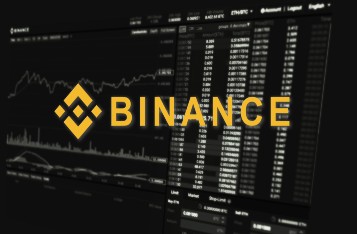Web3 Adoption Faces Challenges Amid Market Dynamics
Alvin Lang Aug 30, 2024 03:08
Web3 adoption, while progressing, is hindered by speculation and lack of consumer-facing dApps, according to Binance Research.

Web3, the next iteration of the internet emphasizing decentralization and blockchain technology, has made significant strides in innovation and adoption. However, it still operates on a much smaller scale compared to its predecessor, Web2, according to Binance Research.
Current Adoption Metrics
Despite its potential, Web3's adoption metrics reveal a stark contrast with Web2. Active on-chain users represent less than 1% of the global population, and the average retention rate for Web3 networks stands at 5.4%. In comparison, 67.1% of the global population uses the internet, with Web2 retention rates significantly higher, ranging between 25-40%.
Market Trends and Challenges
Two major market trends are affecting Web3 adoption and retention. Firstly, excessive speculation, particularly around meme coins, results in temporary demand and short-lived engagement. Secondly, the strong investor focus on infrastructure projects has overshadowed the development of consumer-facing decentralized applications (dApps), which are essential for driving long-term adoption among everyday users.
Importance of Consumer-Focused dApps
The creation of dApps that offer real utility to everyday users is crucial for scaling Web3 and improving retention rates. Consumer-focused Web3 dApps, especially those centered on speculation, social interaction, or gaming, have shown significant promise in attracting active users. This is evidenced by the growth in unique active wallets (UAWs) over the past year.
Expanding Distribution Channels
For Web3 to achieve broader market reach, it is vital to expand the presence of dApps across various distribution channels, particularly as overlaps with Web2 ecosystems become more prevalent. Leveraging existing platforms like Telegram or creating shortcuts to the blockchain, such as Blinks, can significantly boost exposure and capitalize on the extensive network effects of Web2 users.
Mobile Accessibility
Currently, fewer than 10% of leading Web3 dApps offer native mobile experiences. Given the increasing dominance of mobile internet traffic, enabling mobile accessibility is crucial for engaging users where they are most active.
For more detailed insights, the full report is available on Binance Research.
Image source: Shutterstock.jpg)
